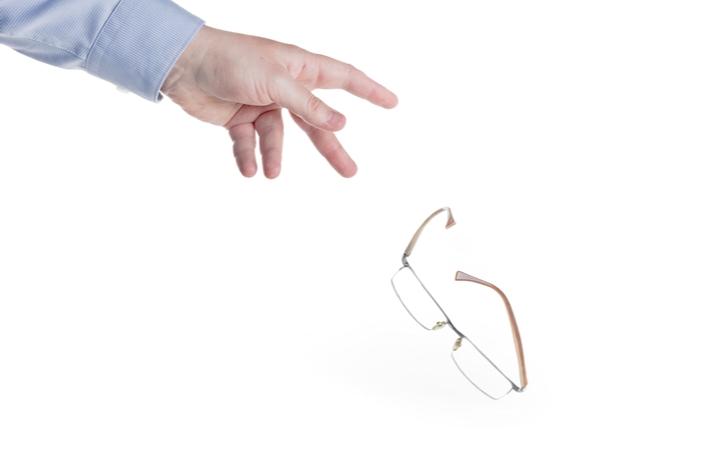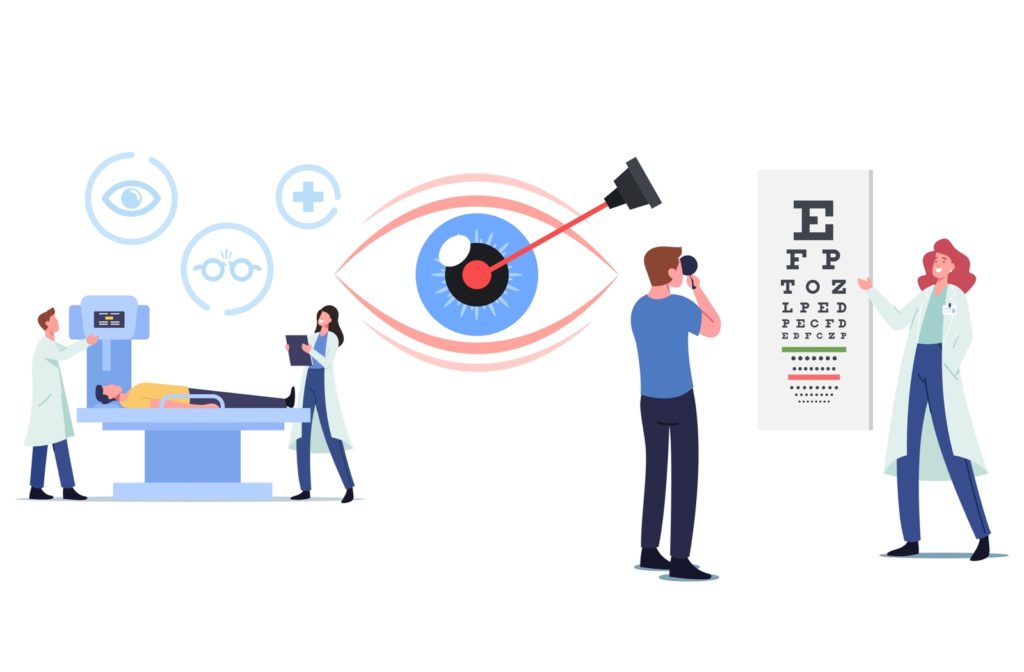Looking for 20/20 Vision?
Many patients choose refractive surgeries, such as LASIK or PRK, for more convenient vision. The goal is to lessen the reliance on corrective lenses (eyeglasses or contacts). But can eye surgery give you 20/20 vision?
Any surgery, including eye surgery, comes with risks and rewards. Consulting with our team at Vector Eye Centre can help us determine what to expect after your surgery. Every eye is unique, so results can vary. So, what vision improvements can most patients expect?
Individual Eyes, individual Results
Eye health is individual, so the results of someone else’s surgery may not reflect your outcome. However, we know the most likely effects, and we can estimate your results based on your vision and eye health. Assessing your eyes before surgery can give us a better picture of what to expect.
If your refractive error is minor, improving your vision can be much easier, with a better chance of 20/20 vision. However, more complicated vision problems make it more challenging to achieve higher results.
The higher the prescription before eye surgery, the more challenging it is to achieve 20/20 vision. For example, a patient with 20/40 vision has a higher chance of achieving 20/20 than a candidate with 20/60 vision as the higher visual limitation is usually due to a higher prescription. The odds of attaining 20/20 drop by approximately 70% or higher if a patient has a -6.00 prescription or greater.
What Is 20/20?
Many patients are familiar with the term 20/20, but not how it describes vision. The measurement represents how well you see objects from a distance of 20 feet. Why does it matter what you can see from 20 feet away? It provides a standard to compare your visual abilities to an average.
20/40 vision means what you can see clearly at 20 feet is what the average person can see at 40 feet away. The first part of the equation, the 20, remains constant as it’s the point of comparison. The second number changes according to your visual assessment. If a person has 20/200 or worse, they are classified as “legally blind”.
20/20 is not a measure of eye health. An individual may have 20/20 or 20/15 vision but limited or poor eye health. Eye health can affect eye function, which may interfere with potential candidacy or the success rate of laser eye surgery.

Refractive Surgery Results
There are many types of refractive surgeries, but not all are types of laser eye surgery, such as ICL (implantable contact lens surgery). Consulting with your eye care team is crucial to knowing which refractive surgery is the best option for your unique eye health.
Good candidates for laser eye surgery are likely to consider LASIK or PRK, as they are the standard for laser eye surgery. Other types are variations of these two. Refractive surgeries last approximately 10–15 minutes per eye, but recovery time varies for each surgery type.
LASIK
LASIK (laser in-situ keratomileusis) might be the best-known laser eye surgery, and it’s one of the most performed eye surgeries in North America. Generally, LASIK patients experience faster recovery. During the procedure, an ophthalmologist creates a flap in the cornea’s outer layer before applying a laser to an inner layer. Then, the flap is repositioned, and it heals without the need for stitches.
Most patients achieve 20/20 vision after LASIK, with 95% of patients happy with the results.
PRK
Photorefractive keratectomy (PRK) might not be as synonymous as LASIK with laser eye surgery, but it achieves similar results. The most significant difference between LASIK surgery and PRK surgery relates to the cornea. Instead of cutting a flap, PRK gently shaves off the epithelium (outer layer of the cornea). The different approach makes PRK better for candidates with thin corneas, dry eyes or more demanding occupations.
After removing the epithelium layer, the ophthalmologist applies the laser to the cornea. Healing can take longer as the epithelium layer regenerates over 3–5 days.
PRK has a high success rate, with 90-95% of PRK patients achieving 20/40 or better without corrective lenses.
Clearer Vision with Vector Eye Centre
Most candidates for laser eye surgery experience improved vision, with many achieving 20/20. Some patients may also achieve better than 20/20. Before surgery, consulting with your eye care team can help patients understand what to expect and if any limitations exist prior to refractive surgery. Then, after learning more about your eye health and prescription, we can determine the best options for achieving comfortable vision.
Although it’s impossible to guarantee 20/20 vision after laser eye surgery, we can help our patients achieve clearer vision without glasses or contacts and improve one’s quality of life. Contact us to learn about your options for refractive surgery.



